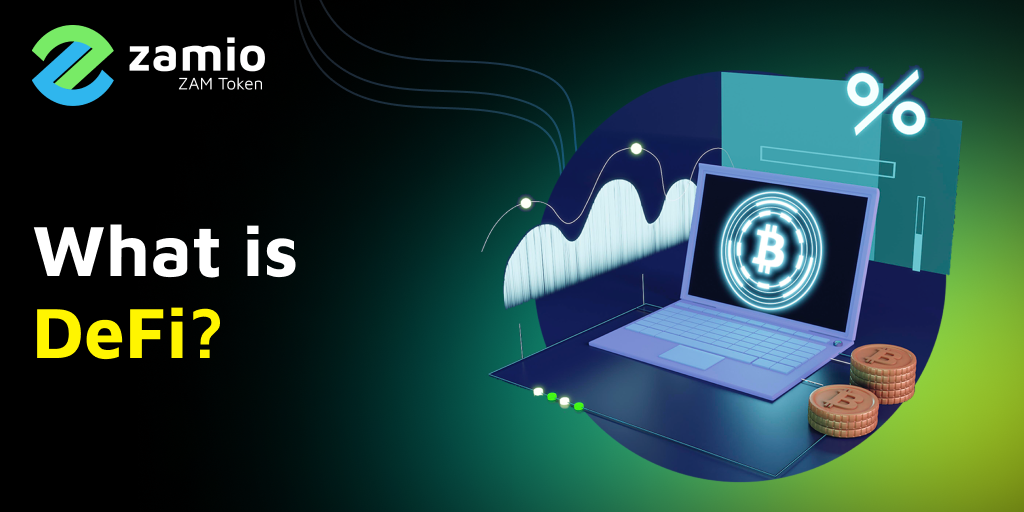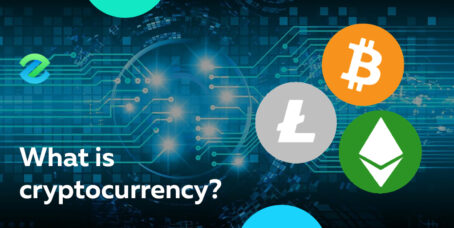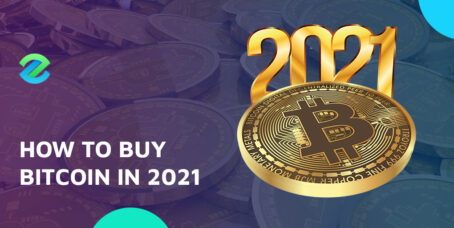The Journey of DeFi started in 2015 after the invention of the first cryptocurrency, Bitcoin, in 2008 when the founder of Ethereum, Vitalik Buterin, introduced the idea of smart contracts to the blockchain. Smart contracts allow developers to build all sorts of decentralized applications (Dapps), including decentralized financial applications.
Decentralized finance (DeFi) is a set of specialized financial applications powered by smart contacts, peer-to-peer networks, and blockchain technology. It is founded on the premise of financial inclusion, where anyone can participate without needing permission and revealing sensitive personal information. The main idea of DeFi is to create an independent, permissionless, and transparent financial ecosystem on the blockchain without a central authority, regulatory body, or human interference.
Table of Contents
DeFi applications and use cases
DeFi aims to duplicate traditional or centralized finance (CeFi) products and services and replace their intermediaries, such as banks, with no central authority governing and controlling operations. In CeFi, users rely on the people behind the business and the regulatory framework, while in DeFi, users rely entirely on technology, computer code, and encryption algorithms.
One of the most common and straightforward DeFi applications available today is lending. Participants lock up or deposit their funds on different decentralized platforms to lend their funds to earn interest. With the help of DeFi, finance becomes available to anyone: allowing participants to lend and borrow money directly with each other, not through intermediaries such as banks.
DeFi applications can also be used in many financial areas, including payment, exchanges, insurance, margin trading, marketplaces, stablecoins, asset management, and governance.
Component of DeFi
DeFi consists of four components: smart contracts, protocols, decentralized applications, and digital currencies.
Decentralized applications are open-source software with a user-friendly interface that provides financial instruments and services
Protocols are the rules that govern how a decentralized application ought to function.
Smart contacts are preprogrammed sets of instructions written in a programming language. They self execute when specific conditions are met.
Digital currencies are online encrypted currencies native to the application in use. They are used to pay for the services the application provides.
Properties of DeFi
Since DeFi application runs on public and distributed blockchain and decentralized network, it enjoys the following properties:
- Trustless and permissionless
- Open and transparent
- Boardless and inclusive
- Decentralized and distributed
- Immutable or inability to tamper with data stored on the blockchain
Benefits of DeFi
- Easy access to financial services, especially for those who don’t have access to the current financial system.
- Democratic process, where network members share control and decision making.
- Transactions are completed quickly and without a chain of intermediaries, which reduces commission costs.
- The source code of applications is open for study and use, which allows any user to understand the functionality of the contract or identify vulnerabilities and build and improve on existing ideas.
- Anyone can create an application and use it. New services can be created by combining other products.
- Unlike the traditional financial sector, there are no controllers and accounts that require complex forms to be filled out.
- Users are the sole custodial of their wallets and hence retain control over their funds
Disadvantages of DeFi
- No financial organization in any jurisdiction of the world is responsible for the actions of participants within the system. Therefore, it will not be possible to ask for help or service. If the user loses the password or does something wrong, these are exclusively his problems.
- Regulation Uncertainty: The authorities do not like the inability to control financial flows, therefore they can impose bans or otherwise interfere with the work of DeFi.
- Lack of funds. Compared to loans in the traditional finance sector, the amounts that can be obtained under the appropriate security are relatively small.
- Infrastructure failures and smart contract hacks. If a critical error occurs in any of the protocols, there is a risk of the vulnerability of the entire system, through which you can penetrate to any point in the chain.
- Fraud. In 2021, cybercriminals stole over $10 billion in investments using decentralized finance technology. Fraudsters issue dummy tokens and lure investors with promises of extremely high returns. The standard scheme is to wait until the trading in the pool “warms up” and the price of the token jumps up, and then withdraw all the liquidity and disappear with the money.
- Excessive hype. An overheated market runs the risk of bursting sooner or later.
- Scalability limitations. Blockchains are inherently slower than their centralized counterparts.
Conclusion
The decentralized finance sector is a convenient alternative to the traditional financial system. DeFi services and applications have made it possible to financial services without intermediaries, thanks to peer-to-peer and blockchain technologies and smart contracts. With their help, anyone with Internet access can enter into transactions and conduct transactions directly, without paying commission to third parties.









